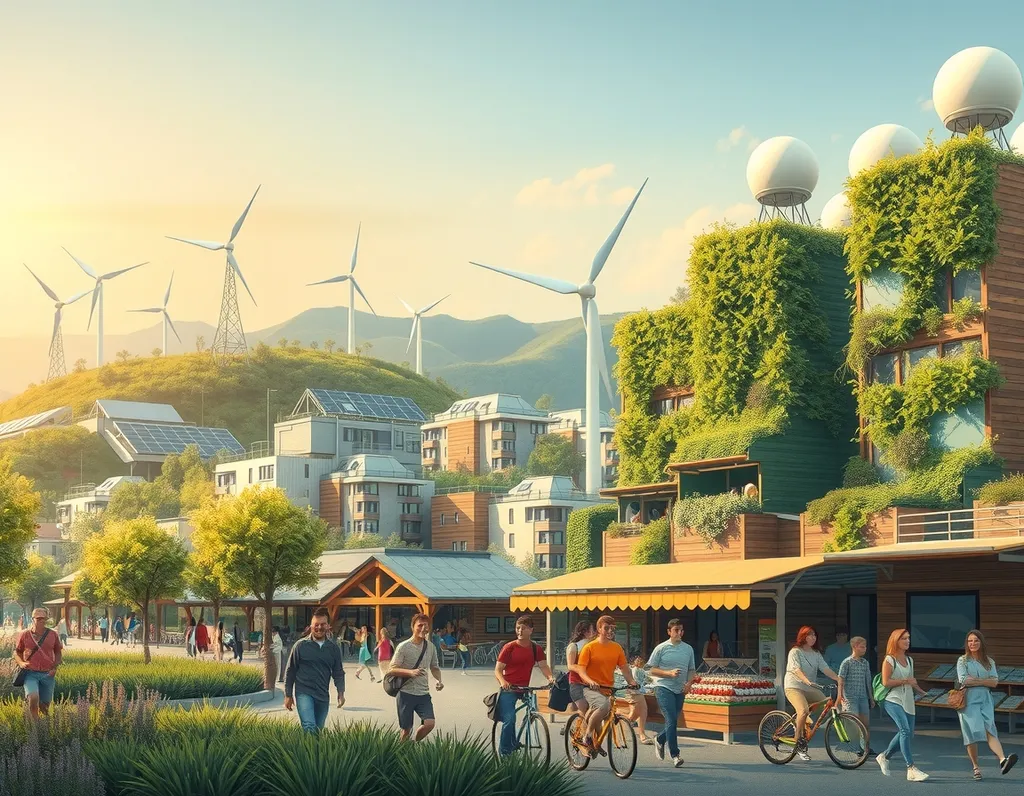7 ways to make your vegan lifestyle more sustainable
Plant‑only eating already gives the planet a break—less land, fewer emissions, and zero cows belching methane.
But here’s the kicker: even a vegan routine can rack up food waste, plastic, and energy use if we’re not paying attention.
Meanwhile, climate scientists remind us that “what” we eat is only part of the puzzle—how we shop, cook, and clean up matters just as much.
The upshot? A few strategic tweaks turn a good‑for‑the‑earth diet into an even leaner, greener lifestyle.
Below are seven practical upgrades, each tied to the bigger why (climate, health, and community) plus an easy, follow‑along action plan.
A juicy tomato in January often travels thousands of miles from a heated greenhouse.
As noted by Oxford researcher Dr. Hannah Ritchie, freight and hothouse energy can double or triple produce emissions.
• Cut food‑mile emissions.
• Support regional farmers building soil health.
Rinds, stems, and fronds make up to 30 percent of household food waste, according to the USDA.
Tossing them means you’ve grown, shipped, and paid for calories that never feed anyone.
• Waste less cash and carbon.
• Boost nutrient intake (those broccoli stalks carry fiber and calcium).
Yes, plant‑based burgers slash livestock emissions up to 90 percent.
Still, they can arrive wrapped in layers of plastic and rely on energy‑intensive extrusion. Meanwhile, lentils deliver protein for one‑tenth the price and packaging.
• Lower processing energy and packaging waste.
• Pocket‑friendly protein that supports gut health.
The Ellen MacArthur Foundation pegs packaging at 45 percent of global plastic waste.
Grains, spices, and shampoos are low‑risk items to buy loose—no spoilage worries, big trash savings.
• Shrink single‑use plastic.
• Cut per‑ounce costs (bulk oats run up to 40 percent cheaper).
A recent study has found that gas cooktops can leak methane even when off.
Induction stoves cut that leakage to zero and boil water twice as fast—yet any stove can run greener with smarter habits.
• Trim household CO₂.
• Lower utility bills (induction slash up to 15 percent energy use).
When scraps hit landfills, they break down without oxygen and emit methane—28 times more warming than CO₂ over 100 years (EPA data). Composting flips that script.
• Turn waste into soil food.
• Cut methane and support local gardens.
Individual action matters, but collective habits shift markets faster. Clothing swaps, tool libraries, and produce‑share tables spread the footprint across many hands.
• Multiply resource savings.
• Strengthen local food security and social ties.
A plant‑based plate is a powerful starting point. Layer on climate‑smart shopping, low‑waste cooking, energy‑wise kitchens, and community sharing, and your impact compounds—like interest, but in clean air and fertile soil.
The best part? Each tweak is small enough to try this week yet scalable for life.
Pick one, master it, then move on to the next. Soon your vegan lifestyle isn’t just animal‑free—it’s carbon‑light, trash‑slashing, and neighbor‑connecting.
That’s sustainability served seven ways. Tuck in, and watch the ripple effect grow.









_w=1200_h=630_pjpg.jpg?v=20230522122229)



